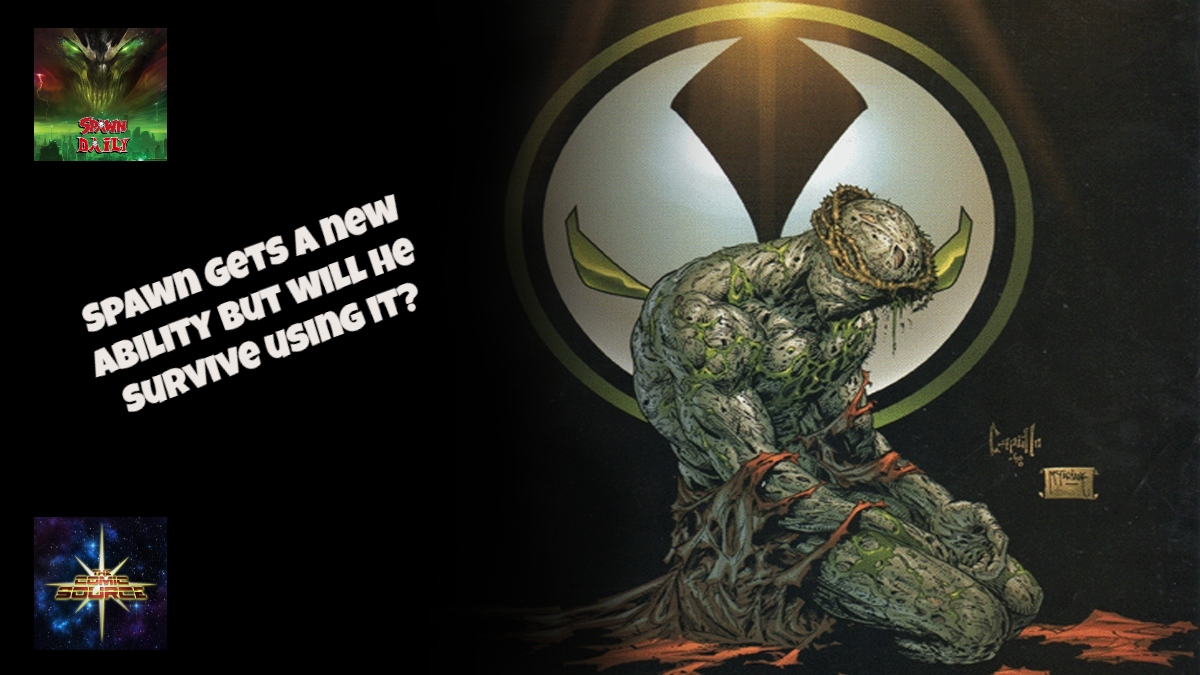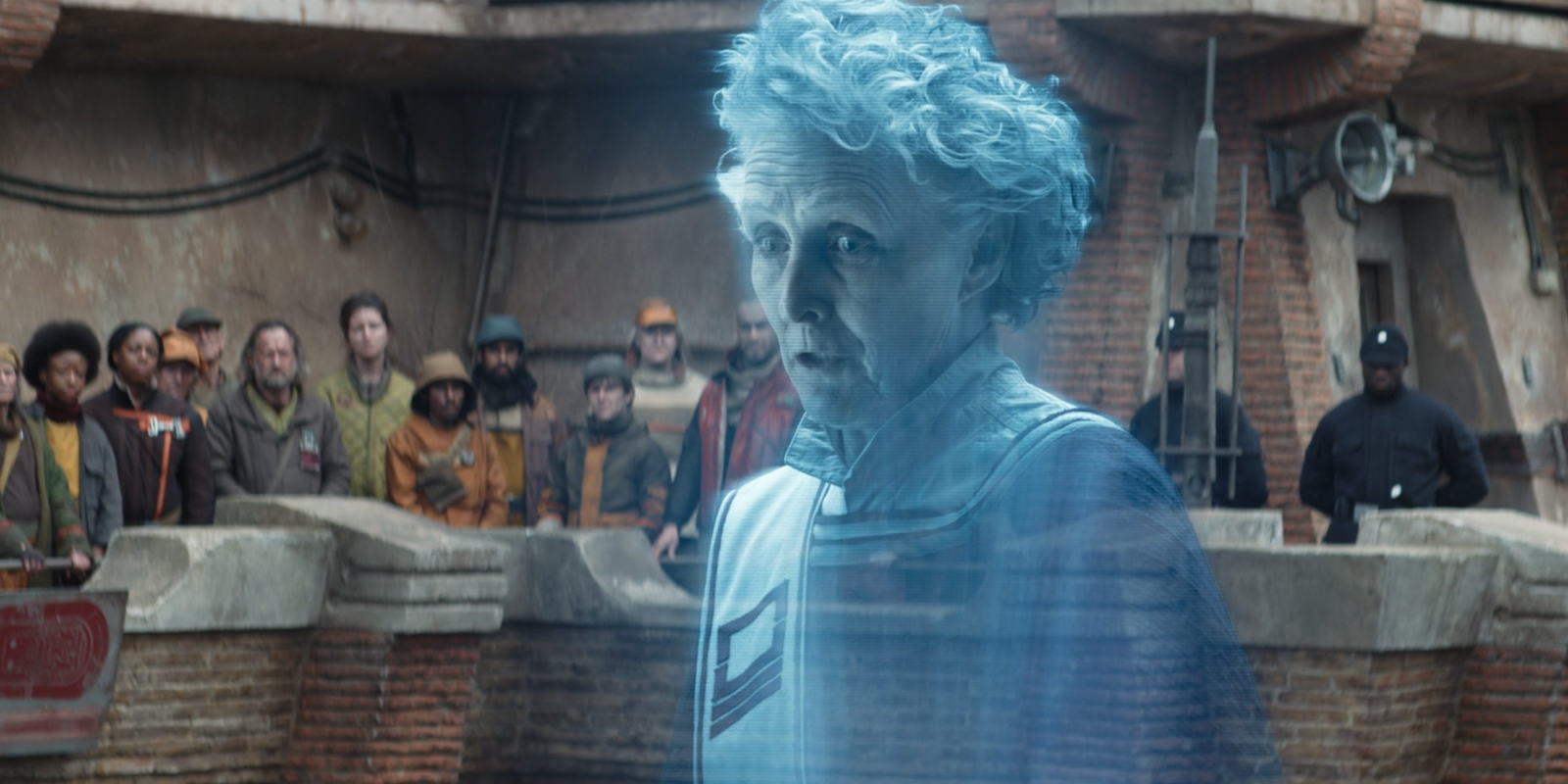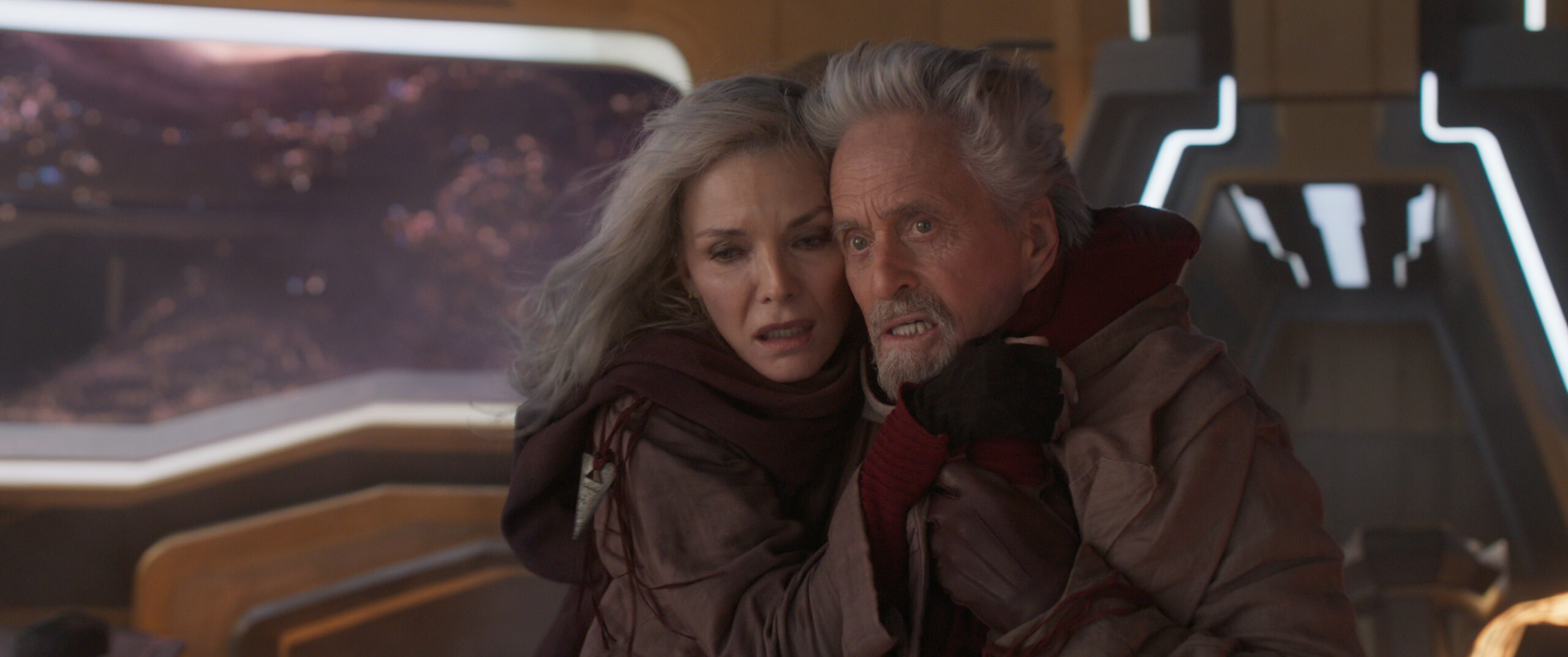
Pixar is a studio well known for creating a lot of magic for audiences. From Toy Story to Wall-E, they’ve left an undeniable impact on the film industry, as well as on countless viewers. Their latest endeavor is Coco, a film that takes place in the small fictional Mexican town of Santa Cecilia.
The story follows Miguel, a kid with a dream to be a musician. The only problem is that his family has sworn off music for generations. On Día de Muertos (Day of the Dead), he inadvertently finds himself in the Land of the Dead, and sees his opportunity to prove seize his moment a musician, and get in contact with a long since deceased ancestor, who had set the country on fire with his music.
LRM had a chance to sit down at a recent press junket with Coco director Lee Unkrich, co-director Adrian Molina, and producer Darla Anderson, and delve into what made Coco possible.
You guys made me shed a few tears. Not gonna lie. Tell me about the experience of working together and how it came about.
Unkrich : Well, we all worked together on Toy Story 3 previously. I directed. Darla produced, and Adrian was part of our story team on that movie. After we finished Toy Story 3, I started thinking about what I wanted to do next with Darla, the studio and I kicked around a few different ideas, but one of them was the idea of telling a story set against the Mexican celebration of Día de Muertos. I’d always been interested in the holiday, and I think part of me wanted to learn more about it. And as I dove in and started doing research and really understanding what the celebration was all about I started to really see the potential to tell a story that’d be unique and full of adventure, color, humor, and also had the potential for a lot of emotion. So, I pitched the idea to John Lasseter six years ago and he loved it and off we went. Within just a couple of weeks, we got on a plane and headed down the Mexico to begin our research. First of many trips.
Anderson: And in terms of working together as a team, for me, it’s a dream team to work with these two who are so … They’re just so smart and passionate and care so much about what they’re putting up on the screen. It’s just a once in a lifetime kind of dream experience and then the whole studio at large was so enthusiastic about this film. And we had just all the support and love from top to bottom from the executives down to the people in the café. Everybody was so super excited about this movie. So, it’s been this dream team experience.
Good.
Molina: I actually jumped onto the team a little later into production. I was finishing up doing story art on Monsters University, and by that time me and Darla were just working towards the very first screening of the reel. So, they needed story artists and I remember thinking I had heard the pitch for the film. I knew it was about Mexico. About family. About music and thinking, “Dear God, put me on this film.”
Fortunately, having worked with them on Toy Story 3, the relationship was really good and they wanted the same thing and thus began for me this really wonderful journey of telling this story about a Mexican family. Telling the story about an artist, who loves music and, getting to write and to write lyrics and to co-direct. Just came from the fact that in the room me and Darla were always … the door was open for ideas and always just encouraged as much collaboration as possible and ever since I’ve been so thankful for the experience.
Sounds exciting. Sounds like you guys had a good time too. I understand that you did multiple trips to Mexico?
Unkrich: We did. Well, we on several trips over the course of making of the film. The first two years we went down for Día de Muertos and traveled all over the country to Mexico City, Guanajuato, Oaxaca, Morelia. Many big cities and small towns. We also went on subsequent trips to record different actors down in Mexico. To record music down in Mexico. We also sent a lot of our crew members, artists, and storyboard artists down on different trips just so that they could share some of the experiences that we had on those initial trips. So that when we would come back to Pixar, which is near San Francisco, we could all kind of have this shared experience of the beauty of the country and all the lovely families that we spent time with. It was important since we weren’t there most of the time in Mexico to have had that shared experience, so that we all could kind of speak from the same experiences as we created the world of Coco.
Not sure if this was one of you, but I was reading that you guys got kind of involved like going to little pueblos villages. Can you tell me an experience you had with a family or a contact with someone there?
Unkrich: Yeah. They’re all very special experiences. Sometimes they were just families that wanted to share their traditions of Día de Muertos with us, but we also spent … We knew that Miguel’s family was gonna be a family that had a trade. That had a business making shoes. So we endeavored to spend time with families that had similar businesses. In some cases, they did make shoes. We were with families that made papel picado for a living, that carved alebrijes statues, made mezcal. All kinds of different great families.
One thing that comes to mind for me is there was one family we were visiting with that had a dog that kept sneaking into the ofrenda room and trying to eat food off the ofrenda. He was trying to get a muffin. The family kept kind of shooing him out of the room but then he would sneak back in and try to get the food again. I just thought that was so funny and real kind of family moment. So we put that moment in Coco where Dante jumps up on the ofrenda and starts eating the mole. There were just lots of little stories like that that came out of these real experiences we had.
Anderson: It was really fun being with Jacobo Angel in his small town where they made alebrijes. For me, that was the first trip. We did that on both trips. It was a really special town and his whole family makes alebrijes. This is a super side note. Sorry. They had a basket of Xolo puppies. One day he had three Xolo puppies. You had to tear me away from those. Really tiny. Super cute. They were really little cute little Xolo puppies.
Unkrich: Those are the kind of dog that Dante is.
Anderson: Yeah. He’s a Xolo.
Unkrich: Mexican Xolo dog.
Anderson: The Xoloitzcuintli. Yeah. That made a big imprint on me.
Molina: We went to Oaxaca and we would visit families, particular to my memories this family of shoemakers. This guy who had learned the trade from his father who had, in turn, learned it from his father. And the fact that we needed to create in this story a family that had a trade that to Miguel seemed boring but to the family was everything. It kept them together and to see the pride that this guy and his family took in their work. That every shoe was a piece of art, and that became something that was really important in terms of you want this family to take pride in their traditions and to really feel this enthusiasm about passing them down. That helps to create this character of Papa, who is so excited and he can barely contain this joy to share his traditions with his son. Miguel, very similar to one of the kids in the shoe shop, doesn’t quite get the appeal of it. So much of that–
Unkrich: –You see the bored kid–
Molina: The bored kid who’s like polishing the leather and then passing it down the assembly line. That became really informative in creating a family that wasn’t the right fit in terms of knowing what this kid wanted for his future, but definitely had this joy and this sense of wanting to share this work because it brought them joy and pride.
That’s interesting you guys did shoes. I loved it. I love the idea because whenever I go to Mexico I’m buying shoes. I loved it.
Unkrich: We tried to pick something that a kid would not find to be a very sexy, exciting job.
Anderson :Whenever I went to Mexico I always bought shoes.
I do too. Same here. They’re so cheap. How would you define Pixar magic?
Anderson: There’s a jar of it in the cupboard. I’ll start by saying we work at an extraordinary company that supports filmmakers and directors and directors visions in an extraordinary way. There obviously is no magic, but it’s an extraordinarily supportive environment, and they let us fail a lot and find our way.
Unkrich: They know that that failure is part of the process. It’s a normal part of the process. It doesn’t mean anyone’s screwing up or not pulling their weight. It’s just a necessary, messy … Storytelling is a messy endeavor. Yeah, as Darla said we’re supported from the top down. Everybody understands the process. They understand what it takes to make a good film. To tell a good story. And that it’s a lot of work and takes time. They give us that room to do that.
Molina: It’s all hard work. It’s a lot of hard work, but I don’t think we could sustain it … Working on this film. We’ve been doing it for six years. I don’t think you can sustain that level of hard work unless everyone had this level of optimism that you’re going to crack it eventually. It’s really for me a combination of the hard work and the fact that everyone is there working together to support the same vision.
Anderson: And then somehow we’ve got this amazing team, and everyone’s at the top of their game. Well, everyone’s at the top of their game but they’re also exceeding generous and understand what a team sport it is. We walk in the doors every day and we know how lucky we are to be working with this extraordinary group of people.
What would be your spirit animal?
Unkrich: Mine would be a monkey because I love monkeys. And I have no other reason except I’d pick an animal to kinda be on my shoulder. Be at my side for eternity it would be a monkey.
Anderson: Well, when we were in Mexico at Jocobo’s place he said that my spirit animal was a hummingbird. I thought, “Well that interesting,” but hummingbirds are pretty cool when you really … Now when I see a hummingbird I feel … and they’re really awesome little creatures, so I’ll take it.
Molina: In this film there is one little creature who we’ve lovingly named the frobbit, who is half frog, half rabbit, and I’d like to see where frobbit takes me.
Don’t forget to share this post on your Facebook wall and with your Twitter followers! Just hit the buttons on the top of this page.

 FOR FANBOYS, BY FANBOYS
Have you checked out LRM Online’s official podcasts and videos on The Genreverse Podcast Network? Available on YouTube and all your favorite podcast apps, This multimedia empire includes The Daily CoG, Breaking Geek Radio: The Podcast, GeekScholars Movie News, Anime-Versal Review Podcast, and our Star Wars dedicated podcast The Cantina. Check it out by listening on all your favorite podcast apps, or watching on YouTube!
Subscribe on: Apple Podcasts | Spotify | SoundCloud | Stitcher | Google Play
FOR FANBOYS, BY FANBOYS
Have you checked out LRM Online’s official podcasts and videos on The Genreverse Podcast Network? Available on YouTube and all your favorite podcast apps, This multimedia empire includes The Daily CoG, Breaking Geek Radio: The Podcast, GeekScholars Movie News, Anime-Versal Review Podcast, and our Star Wars dedicated podcast The Cantina. Check it out by listening on all your favorite podcast apps, or watching on YouTube!
Subscribe on: Apple Podcasts | Spotify | SoundCloud | Stitcher | Google Play





